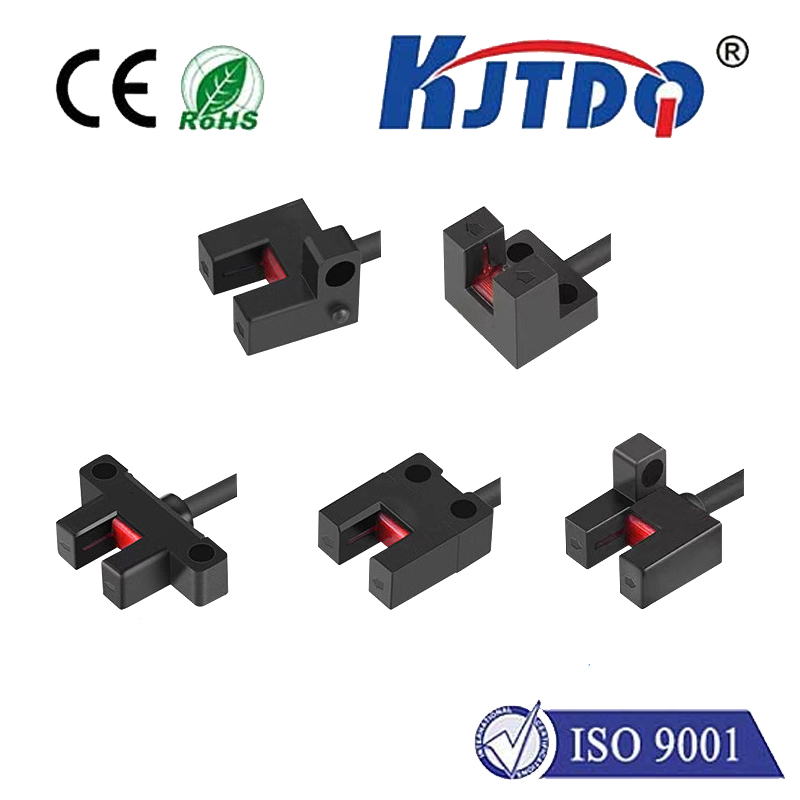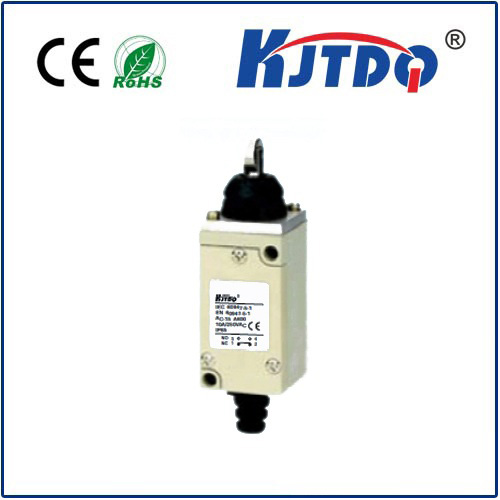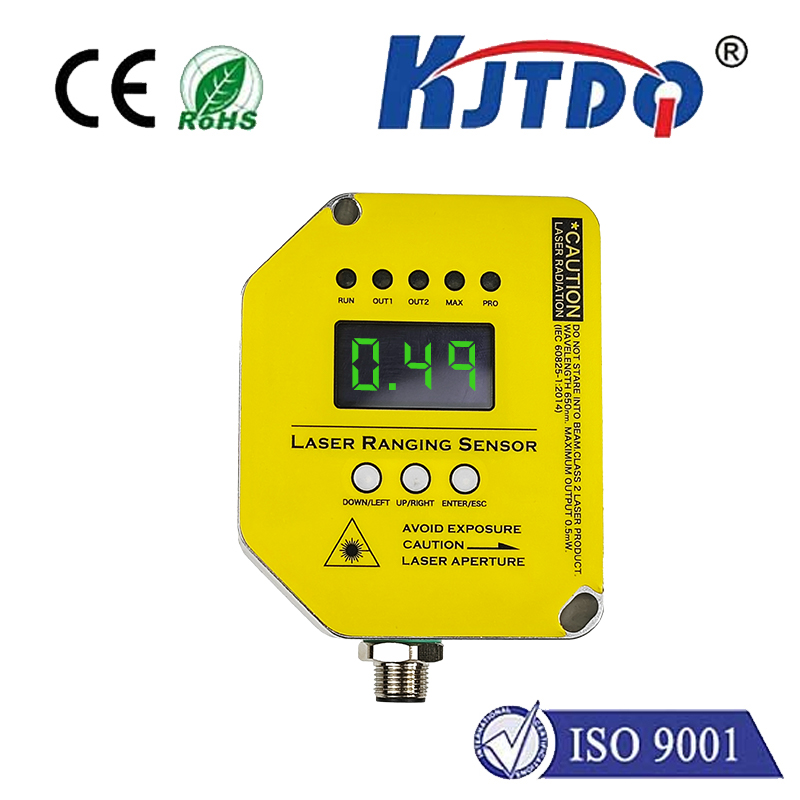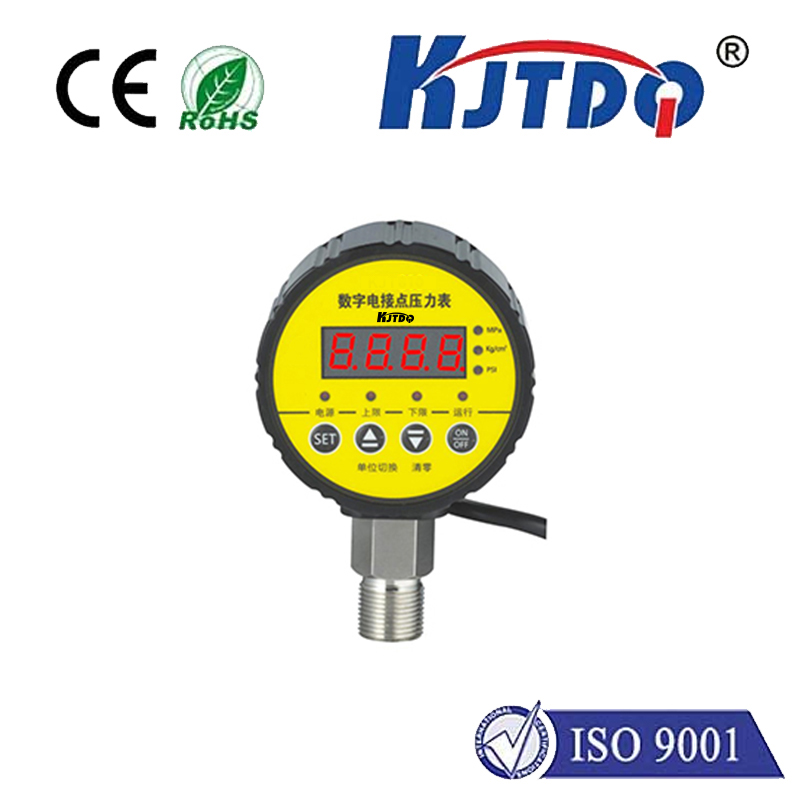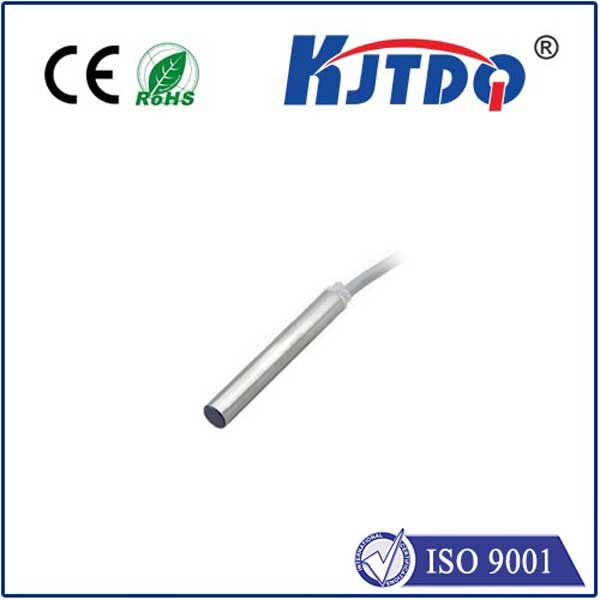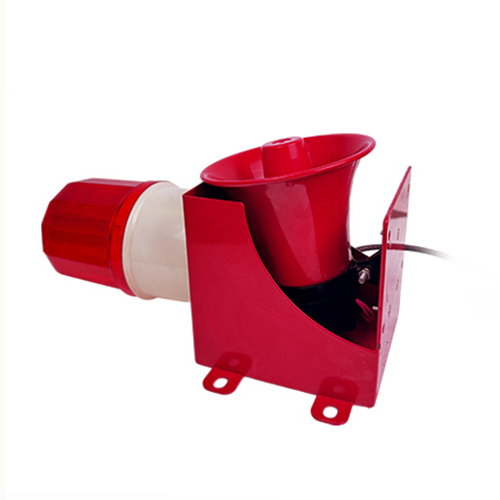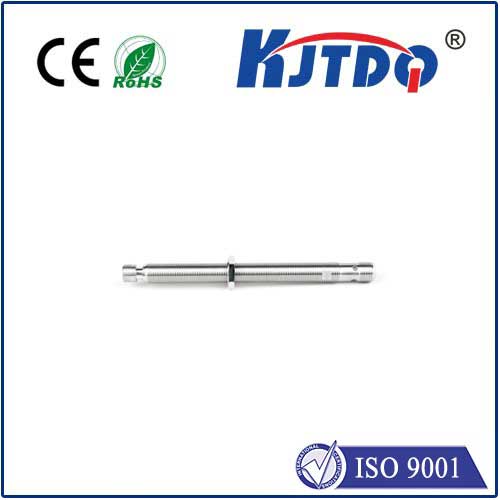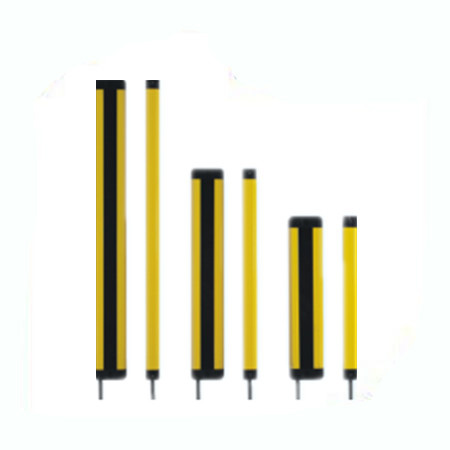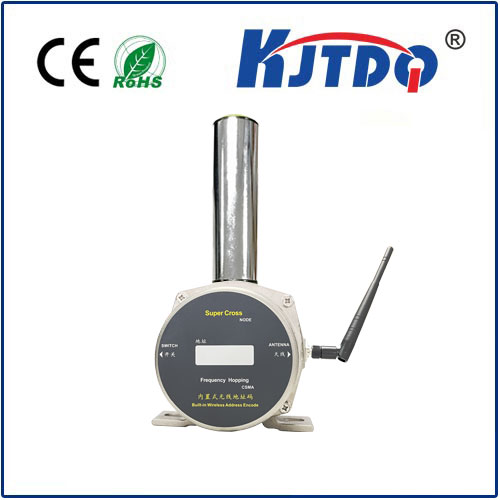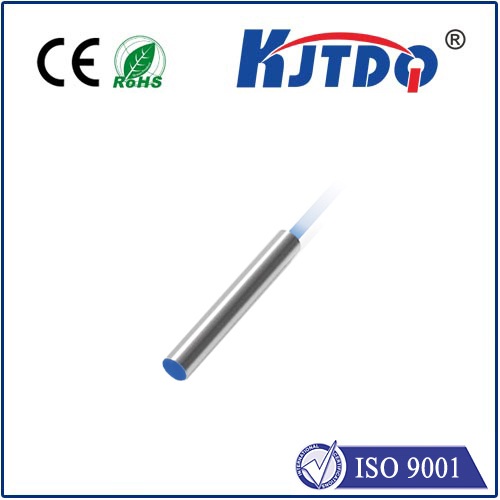BES00P7 high pressure proximity sensor
- time:2025-09-29 18:13:04
- Click:0
BES00P7 High Pressure Proximity Sensor: Precision Detection in the Crucible of Demanding Environments
We take proximity sensing for granted everywhere – our smartphones, garage doors, store entrances. But step onto the factory floor, deep into mining operations, or within the hydraulic heart of heavy machinery, and proximity sensing transforms into a critical, high-stakes function. Here, where immense pressures threaten standard components, the BES00P7 High Pressure Proximity Sensor emerges not just as an option, but as a vital necessity for reliable, uncompromising performance. This sensor represents a dedicated engineering solution for applications where standard inductive sensors would buckle under the sheer force exerted by liquids or gases.
Understanding the “High Pressure” Imperative
Why does pressure even matter for a sensor designed to detect metal objects without contact? The answer lies in the sensor’s construction and its operating environment. Standard inductive proximity sensors are housed in bodies typically rated for atmospheric pressure or minimal increases. When installed within hydraulic cylinders, die-casting machines, injection moulding units, high-pressure pumps, or fluid power systems, these sensors face constant, crushing forces.
- Direct Fluid Exposure: Sensors mounted inside hydraulic cylinders or fluid lines are directly exposed to system pressures, which can easily reach several hundred bar (thousands of psi).
- Seal Integrity: Extreme pressure relentlessly tests the seals (typically O-rings) separating the sensor’s sensitive internal electronics from the aggressive hydraulic fluid or process medium.
- Housing Deformation: Insufficient housing strength can lead to deformation under pressure. This can distort the sensor’s sensing field, causing unreliable detection, or worse, catastrophic failure leading to fluid ingress and sensor destruction.
The BES00P7 is explicitly designed and rigorously tested to withstand these brutal conditions. Its defining characteristic is its exceptional pressure rating, often significantly exceeding those of standard sensors – potentially rated for pressures of 300 bar, 400 bar, or even higher, depending on the specific configuration and certification. This robust construction ensures the sensor housing maintains integrity, preserving internal components and guaranteeing consistent performance even when submerged in high-pressure fluid.
The Anatomy of Resilience: How the BES00P7 Meets the Challenge

The BES00P7 isn’t just a standard sensor labelled “heavy-duty”; its pressure tolerance stems from deliberate design choices:
- Reinforced Housing: The core housing material (typically high-grade stainless steel like V4A/316L) is engineered for maximum strength and resistance to deformation under extreme pressure loads. This robust encapsulation shields the delicate electronics within.
- High-Pressure Seals (O-Rings): Critically, the sensor employs specialized high-pressure O-rings made from materials resistant to compression set and compatible with common hydraulic fluids and lubricants. These seals are the frontline defense against fluid ingress.
- Optimized Internal Construction: The internal components and potting compounds are selected and arranged to minimize voids or air pockets susceptible to compression, ensuring stable electrical characteristics under pressure.
- Rigorous Testing: Sensors like the BES00P7 undergo stringent burst pressure and cyclic pressure testing far exceeding their nominal operating ratings. This validates their ability to survive the pressure spikes and pulsations common in dynamic hydraulic systems.
Where the BES00P7 High Pressure Proximity Sensor Truly Shines
This specialized high pressure proximity sensor finds indispensable roles in applications where standard sensors fail prematurely:
- Hydraulic Cylinders (Piston Position Detection): Mounted directly within the cylinder bore or on its end caps to detect the piston position reliably, even when submerged in high-pressure hydraulic oil—essential for precise machine control and safety interlocks.
- Die Casting Machines: Monitoring mold positions, core pulls, and ejector movements within environments exposed to high-pressure molten metal injection forces.
- Injection Moulding Machines: Verifying clamp position, ejector strokes, and core movements where significant hydraulic forces are at play.
- High-Pressure Pumps & Valves: Providing position feedback for critical valves or verifying pump component states within the pressurized fluid stream.
- Presses and Stamping Equipment: Ensuring accurate tool positioning and safety confirmation under the massive forces generated during operation.
- Offshore & Subsea Equipment: Applications requiring robust proximity sensing in deep-water environments subject to significant hydrostatic pressure.
Beyond Pressure: The Hallmarks of a BES00P7 Sensor
While high pressure capability is its defining feature, the BES00P7 proximity sensor inherits the core performance characteristics expected of industrial-grade sensors:
- Inductive Sensing Principle: Reliable, wear-free detection of metallic targets (typically ferrous metals).
- Defined Sensing Range (Sn): A precise operating distance specification, crucial for accurate positioning.
- Ruggedness: High resistance to shock, vibration, and temperature variations common in industrial settings.
- Environmental Protection: Featuring a high IP rating (e.g., IP67, IP68, IP69K), ensuring protection against dust and water ingress, vital even beyond the pressure requirement.
- Electrical Options: Available in various output configurations (NPN/PNP, NO/NC) and connection types (cable or connector variants like M8, M12) to integrate seamlessly into existing control systems.
- Long Service Life: Engineered for reliability and longevity, reducing maintenance frequency and downtime costs significantly.
Integration Insights: Maximizing Performance
To leverage the full potential of the BES00P7 High Pressure Sensor, consider these best practices:
- Verify Pressure Rating: Always confirm the specific pressure rating (both static and dynamic) meets or exceeds the maximum operating pressure and potential pressure spikes in your application.
- Fluid Compatibility: Ensure the sensor’s seal materials (O-rings) are compatible with the specific hydraulic fluid or process medium to prevent degradation and seal failure.
- Correct Mounting: Follow the manufacturer’s guidelines for mounting depth, thread tolerances, and sealing surface preparation. Proper torque is essential to avoid damaging threads or compromising the seal. A correctly mounted sensor is fundamental to achieving the advertised pressure resistance.
- Consider Environment: Factor in temperature extremes, potential chemical exposure, and mechanical impacts beyond just pressure when selecting the right variant.
Conclusion: An Investment in Unyielding Reliability
In environments where immense pressure is the norm, using a standard proximity sensor is a gamble with reliability and safety. The BES00P7 High Pressure Proximity Sensor represents a purpose-built solution, engineered from the ground up to thrive where others fail. Its reinforced construction, specialized seals, and rigorous testing deliver unwavering detection accuracy and exceptional longevity within the demanding confines of hydraulic systems, heavy machinery, and high-pressure processes. For engineers and maintenance professionals seeking uncompromising performance in the crucible of pressure, the BES00P7 provides the resilient, dependable proximity sensing solution critical to operational success and cost-effective uptime. It transforms a potential point of failure into a pillar of robust, reliable automation.






